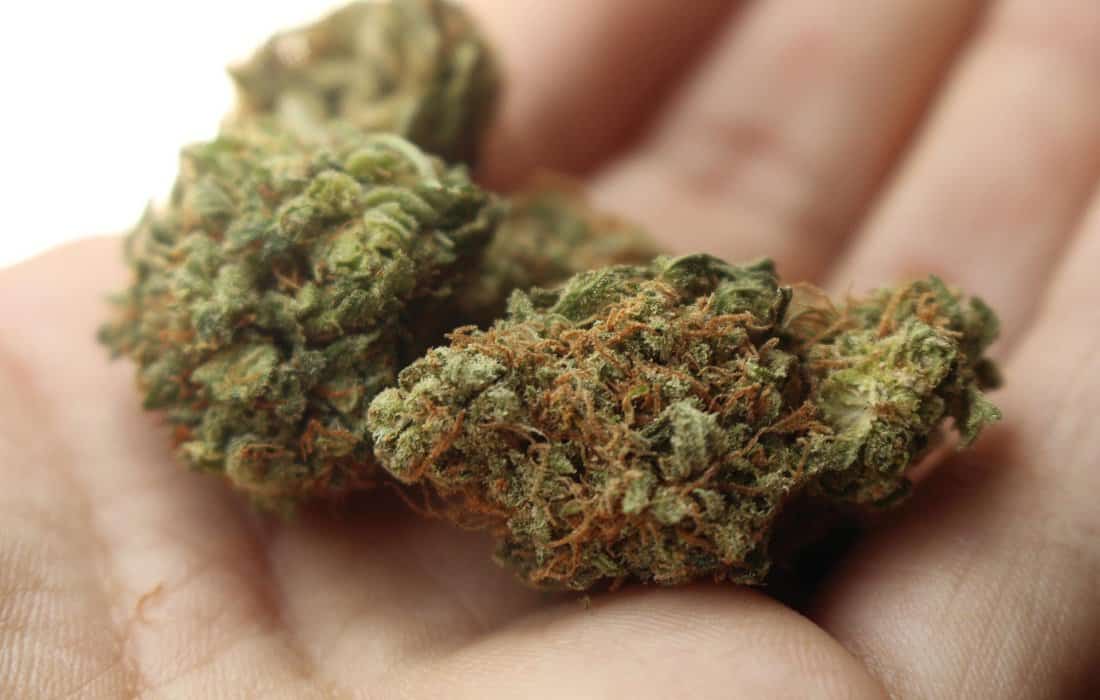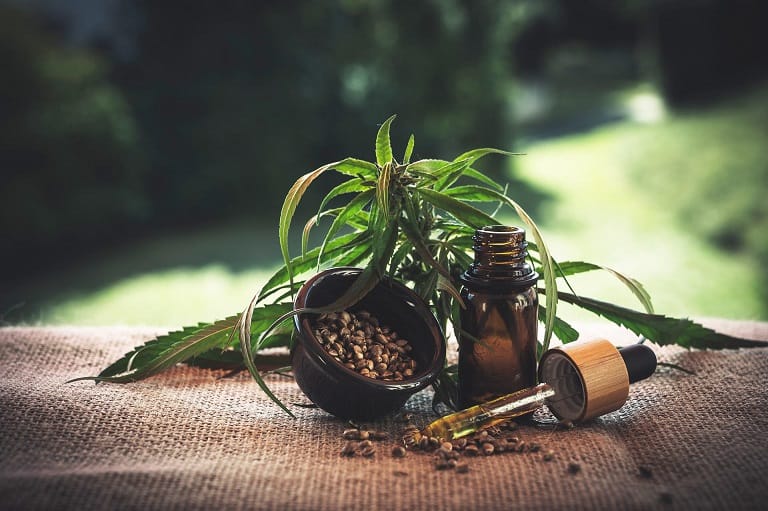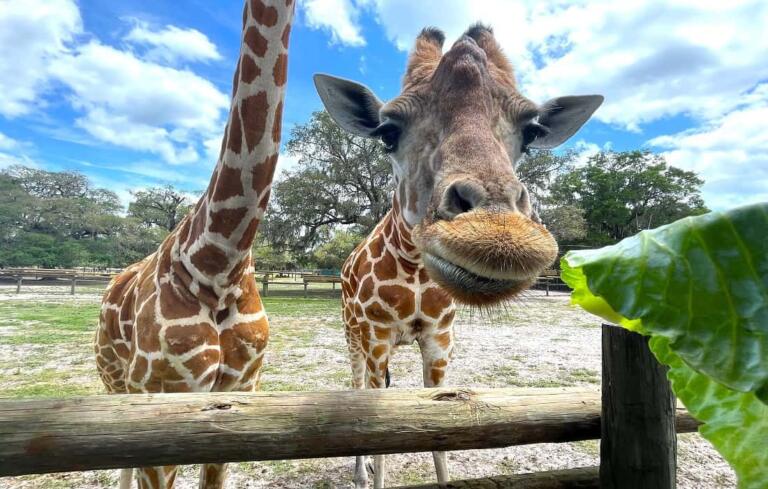Travel with Marijuana – Is It Legal?
Travel with marijuana is now a hot topic in the states, specifically whether it is legal to travel with it. Long before you decide to pack some weed, you need to be aware of the rules and regulations of the area you are traveling to. Even if you have a medical marijuana card, this does not mean you are all set and can travel with marijuana.
It’s always wise to be cautious while packing marijuana while traveling. The first and foremost advice for travelers is this – never test your luck. Always pack small amounts of marijuana. An eighth or 3.5 grams is more than enough for one trip, which is the maximum amount recommended. The higher the part of the product one packs, the more likely the TSA expected to detect it, then throw it out.

This post may contain affiliate links. Please read our disclosure and privacy policy for more information.
Let’s Start with the Basics. What is Marijuana?
Out of all the drugs that are abused worldwide, marijuana takes the cake. In the U.S., around 20% of people (51 million) over 12 were using marijuana in 2021. Unsurprisingly, this number is exceptionally high among the younger age groups. According to the 2020 National Survey on Drug Use and Health, it is the most extensively consumed illicit drug in the United States, says the 2020 National Survey on Drug Use and Health.
More than 52 million people (19.7%) aged 12 and older have been using marijuana in recent years. The same study reveals that marijuana use among children between 12 and 17 was 17.8% in 2021. Simply put, marijuana use has been highest among kids aged between 18 and 25 years at 40.6% (14.7 million).
2022 Monitoring the Future Survey from the National Institute on Drug Abuse confirms that in the U.S., among 9th, 11th, and 12th grades in 2021, daily consumption of marijuana has been at the highest degree recorded since 1995.
Now, with this all said, there is medical marijuana. While still a drug, it is used for healing purposes vs. solely getting high.
Different Names for Marijuana
Throughout this article, we will refer to marijuana by various household names. If you are not familiar with the different terms, here are some common ones:
Weed, pot, cannabis, sensimilla, herb, joints, a blunt, Mary Jayne, bud, Ganga, spliff, chronic, grass, ‘dope, hash, and ‘hemp.
Other cultures worldwide have different names they also use to refer to marijuana.
Marijuana and Its Characteristics
It is hard to ignore the ever-expanding gap between the modern science related to marijuana and the misconceptions surrounding it. A few believe that since marijuana is legal in a few states or countries, it is safe. But the human body doesn’t understand the difference between legal and illegal drugs. All it knows is the effects created by the drug after its consumption.
Marijuana is derived from the Indian hemp plant, with the part containing the “drug” primarily found in flowers or buds and not much in the leaves, seeds, and stems. When sold, marijuana is in the form of a mixture of dried-out leaves, flowers, seeds, and stems of the hemp plant, which is usually brown, gray, or green.
Hashish is brown, black, or tan resin, which is dried and then pressed into sticks, balls, or bars.
Marijuana gives off a sweet, distinctive odor when smoked. There are more than 400 chemicals present in marijuana, and the chemical that intoxicates the users is THC (or tetrahydrocannabinol). This chemical creates mind-altering effects for the user, giving it the classification of “drug.”
How is Marijuana Used?
Marijuana is commonly used by people who:
- Drink it in tea or other liquids
- Eat it – known as “edibles.”
- Smoke it or vaporize it or
Marijuana can be smoked like a cigarette (a joint) or in a water pipe or a glass pipe. It is often smoked in blunts, cigars, or cigarettes from which the tobacco is emptied and then filled with marijuana. The blunt retains the essence of tobacco leaf used for wrapping the cigar, combining the active ingredients in marijuana with nicotine and other chemicals.
Vaporizers are popular among those who don’t like inhaling smoke. These devices help concentrate THC from marijuana, condensing it into a storage unit after which the user inhales the vapor, not the smoke. A few vaporizers use liquid marijuana extract with extremely effective THC content and are toxic for novice users. This can result in emergency room visits.
Many users mix marijuana into beverages and food or in their brewed tea.
Tetrahydrocannabinol – THC
THC/delta-9-tetrahydrocannabinol provides the mind-altering effects of cannabis. The THC content in marijuana varies and has risen in the past few years. The National Institute on Drug Abuse says that the average THC content found in confiscated samples was 5.8 percent in the 2000s. In 2016, it was 14.7 percent.
After entering the body, THC stimulates the brain’s cannabinoid receptors. This stimulation affects the user’s body in many ways. These effects include reduced inflammation and pain, higher appetite, insomnia, and nausea.
Cannabidiol – CBD
Another significant chemical in marijuana with a host of health effects is CBD. CBD is a psychoactive chemical that is non-euphoric and non-impairing, meaning there is no “high” production the same way that THC produces.
In 2020, the Food and Drug Administration gave the green signal to Epidiolex, a cannabidiol-based drug from the cannabis plant. It helps treat seizure disorders and is the only CBD-based medication to have gotten FDA approval. CBD is primarily made into an oil to be used as a healing tool.

What are the Benefits of Marijuana?
Reduced Inflammation
CBD present in marijuana helps bring down inflammation. This could benefit a variety of inflammatory conditions, including:
Mental and Neurological Disorders
- Crohn’s Disease, Irritable Bowel Syndrome, and Rheumatoid arthritis
Owing to its impact on the limbic system, marijuana is sometimes prescribed to treat various mental and neurological health conditions:
- Epilepsy, Anxiety, Parkinson’s Disease, Multiple Sclerosis, Tourette Syndrome, and Post-Traumatic Stress Disorder/PTSD
Pain Management
The cannabinoids in marijuana help reduce pain by modifying the pain perception pathways within the brain. This helps in the treatment of conditions that can result in chronic pain, some of which are:
- Arthritis, Fibromyalgia, Endometriosis, and Migraines
It can also reduce side effects of cancer treatment, including loss of appetite. In a few instances, marijuana can be used to replace nonsteroidal anti-inflammatory drugs/NSAIDs such as ibuprofen, which with long-term use, can lead to adverse side effects.
Sleep Management
Marijuana’s relaxing effects help enhance sleep disorders like insomnia. Sleep improves with marijuana, and it reduces pain.
What is Medical Marijuana?
Though marijuana is considered a recreational drug, its use as a medicine has been prevalent for several decades. Cannabis has not attained legal status in several U.S. states, with only a few allowing the use of non-medical cannabis.
Thirty-three states in the U.S. and Washington D.C. offer medical cannabis programs, while 11 states allow the use of cannabis among adults.
Marijuana Legalized Map – As of 8/2022

Image Credit: NCLS – National Conference Of State Legislators
What Disorders and Conditions Does Medical Marijuana Help Treat?
Research activities are underway to determine and assess the medical uses of marijuana. It can be effective in the treatment of or management of:
Sleep issues, nausea, chronic pain, muscle spasms, particularly those brought on by certain conditions, like multiple sclerosis. Cannabis also helps treat migraines, cancer, arthritis, AIDS, anorexia, glaucoma, and any persistent or chronic medical symptom that limits the patient’s ability to carry out daily activities.
Since cannabis elevates the hunger level, patients affected by conditions that cause loss of appetite like AIDS greatly benefit from the use of marijuana. Medical marijuana helps relieve numerous symptoms. However, it doesn’t cure diseases and doesn’t change the disease’s outcome. But it does help ease specific symptoms, improving the patient’s quality of life.
Travel with Marijuana
So, is it legal to Travel with Marijuana?
In a nutshell, no! Do people travel with it? Yes! Let’s dive in!
Marijuana is illegal under federal law, and it is the federal law that governs airplane travel in America. Carrying pot onto a plane through America is a federal crime.
Add to this the dilemma that while the United States does allow medical marijuana, the rules around them are governed by local states. And these laws change month to month as more states implement programs.
Internationally it is a total no-no. Please don’t do it! Even traveling to countries like Amsterdam – it’s illegal to transport weed, and if you’re caught you’ll be subject to the foreign country’s laws of the foreign county.
Flying with Marijuana
Although flying with marijuana is a federal crime, it’s not even on the Transportation Security Administration’s radar (TSA) radar. The TSA is not bothered about cannabis; they are not looking for it nor screening for it. However, the TSA must notify the local police should they stumble upon it.
Although technically, it isn’t legal to carry marijuana on a flight, the chances are a bit of a wild card. In other words, do so at your own risk.
It is noteworthy that New York and Chicago airports now have “cannabis amnesty” boxes that offer travelers a way to discard marijuana before going through security.
Tips for Travel with Marijuana
Let’s assume you will risk it; millions do – you won’t be alone. Here are a few tips for carrying marijuana across the U.S.
Some people will tell you it’s best to take your chances with carry-on luggage vs. checked luggage. There’s no empirical data to suggest that either checked bags or carry-on luggage is more susceptible to discovery. The argument for carrying is simple, the TSA does not care and is not looking. The idea of no checking is that frequent and random bag checks are done. There’s a risk associated with both.
One thing that most people say is that regardless of where it’s hidden – small quantities only and hide it in a non-conspicuous place.
Common Ways To Hide Marijuana when Traveling
- People often hide weed vape pens in makeup bags as they blend and look like eyeliners (checked or unchecked).
- If you have TSA Precheck, put it in your shoe.
- Stash it in chapstick or hand sanitizers.
- Use a prescription drug bottle, such as Tylenol or Ibuprofen, and add cotton balls to mask it.
- Take edibles. They are easily mixed and hidden in a bag of gummy bears.
It’s also worth mentioning that trying to sneak bud on is always riskier given its smell. If possible, stick to gummies and vape.
Then, specialty products are explicitly created to eliminate the smell or detection of weed.
If you plan to use any of these methods and take your chances with your hand luggage, make sure you do not have anything else to draw attention to you. For example, ensure you don’t have tweezers, scissors, or liquids in your hand luggage. If there is something else that the TSA does screen for, you are tempting fate!
Cruising With Marijuana
Federal law governs cruise ships. Despite the legalization of smoking marijuana in some states and countries, cannabis is illegal on cruise ships, so you cannot get high at sea.
What does that mean for your cruise vacation if you want to smoke pot? The answer depends on where you are cruising.
In all forms, you cannot take cannabis on cruise ships. Whether medical marijuana is legal in the state you depart from or whether you have a marijuana medical card, it doesn’t matter. You can’t bring pot or edibles onto a cruise ship.
Almost all cruise lines state something to this effect.
“All illegal drugs, non-prescribed controlled substances, medically prescribed marijuana or synthetic marijuana and CBD products are prohibited.”
FAQs About Travel with Marijuana
Closing Thoughts
Marijuana legalization is fast becoming a reality in most regions worldwide, but it still has a long way to go. Even legalization comes along with minor stipulations on carrying marijuana across borders, state-wise or internationally. One can always reduce the risks by adopting certain precautions and understanding the best actions to take in case of jeopardy following wrong circumstances. This ensures the best possible traveling experience with marijuana.
Looking for more travel hacks, start here:
- 20 Best Ways to Earn Lots of Credit Card Rewards Points
- Get Your Guide or Viator – Which One Is Best?
- How to Reserve A Condo for 7 Nights for Less Than $299
- How to Save Thousands on Your Disney World Vacation by Renting David’s DVC Points for Disney Deluxe Resorts
- Keepgo Lifetime 4G LTE Mobile WiFi Hotspot
We participate in the Amazon Services LLC Associates Program, an affiliate advertising program designed to earn fees by linking to Amazon.com and affiliated sites.





